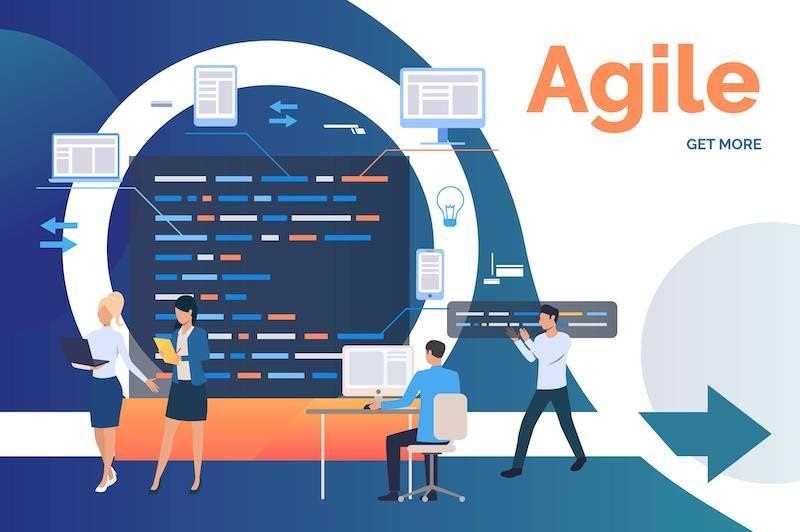
If you are familiar with the Agile project management framework and Scrum but need to find something suitable for a larger-scale project that involves more than one team, it may be time to consider the LeSS approach.
What is LeSS, you may be wondering. That's what we are going to discuss in this post in more details sufficient to decide if this scaled initiative is something you would like to pursue further or not. In addition, we will cover the similarities and differences between LeSS and Scrum as they will be critical to choosing one framework over the other.
First off, let's define what LeSS really is. LeSS in that written format is an abbreviation/acronym that stands for Large Scale Scrum. It was developed by Craig Layman and Bas Voided in 2005, as they wanted to create a way to work on larger scaled projects effectively while still relying on the Scrum framework of Agile. It is based and inspired by their experiences working in a variety of different industries, companies, and different products over the last decade.
There are essentially two different kinds of LeSS:
- Basic LeSS - designed for anything between two to eight teams working together on the exact same product development
- LeSS Huge - which is designed for as many as 2,000 or more people involved in the exact same product development.
The Difference Between LeSS and Scrum
The interesting thing is that LeSS is actually very much the same as Scrum with just one team, but a more extended version. With LeSS you have a single version of everything - one common sprint, one Definition of Done, one Product Owner, One Product backlog, and a single PSP or Potentially Shippable Product.
As everyone is working towards the same goal, most teams are still cross-functional and there are only a limited number of specialty teams, if there are indeed any, where necessary.
However, there are still differences, such as the spring planning for LeSS is done separately in two different meetings. While one involves the team representatives meeting with the Owner, where the representatives all work out among themselves the product backlog they will work on for the following sprint. Often, the same kind of work is shared across two or even more teams.
For the second meeting, it is the members of each team who gather together. For the sake of coordinating such a large group of people, different sections may be assigned to different parts of the same room or area for each team.
Each of these smaller meetings is held in tandem but broken away from the main. This type of setup is particularly useful when there are two teams both working on similar tasks during the following sprint, who need clarification or have questions for the other team.
Differences During Daily Scrum
There is the normal aspect of Agile and Scrum, in that Scrum meetings are held daily by each team. If necessary, for the information to be shared across the project, a member of a different team can sit in on the Daily Scrum of another.
One thing that LeSS does slightly differently, though, is that for coordination and sharing purposes, it includes what is similar to a town hall meeting. Similar to the Scrum of Scrum meeting, all ScrumMasters attend this.
Overall Retrospective
Another additional meeting required as part of LeSS is known as the Overall Retrospective. This is for the rotated reps of each team, ScrumMasters, and the Product Owner and normally takes place following the successful completion of a sprint. The drive and goal of this meeting is not a review of how all the individual teams are doing, but rather how to improve with LeSS.
It may be that you are concerned about implementing LeSS, because normally when you scale things up, it means adding more of everything which in turn means increasing the costs and overheads. However, LeSS goals actually involve the exact opposite. The idea of LeSS is that it involves fewer organizational structures, less management, and fewer roles to solve things.
© 2025 HNGN, All rights reserved. Do not reproduce without permission.








